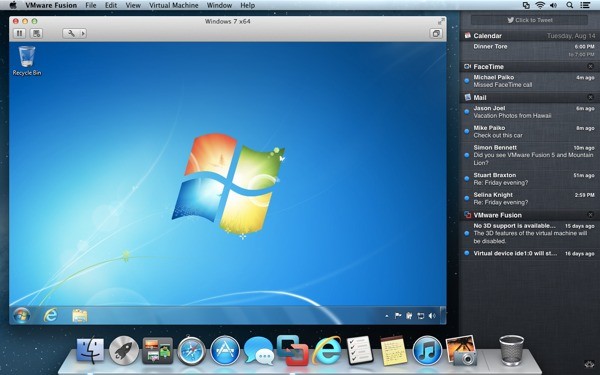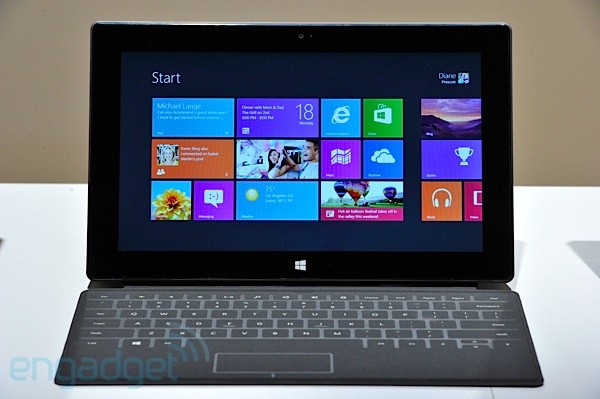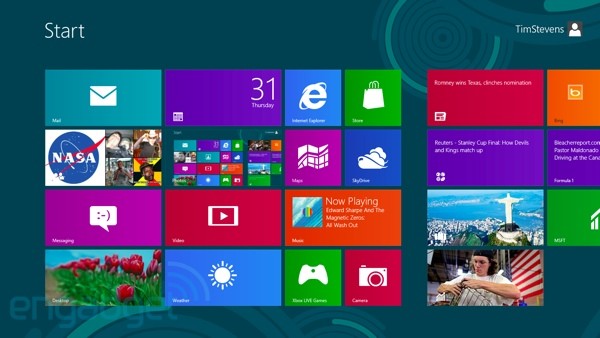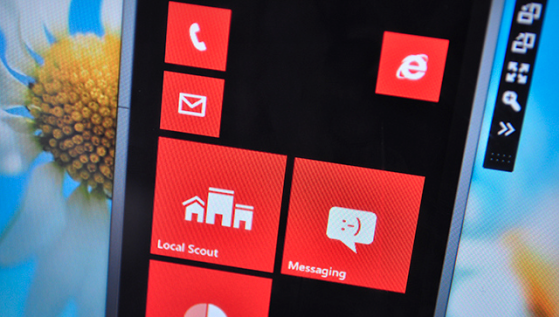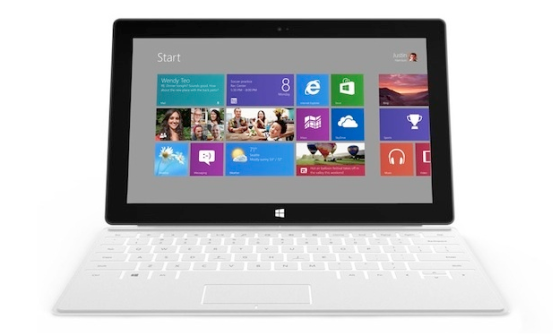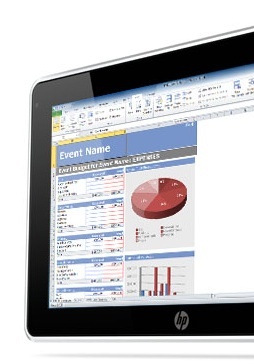
Hewlett-Packard, Acer, and Lenovo, among others, are expected to bring out Windows 8 tablets using Intel's latest system-on-a-chip.
HP and Acer are working on designs, a source familiar with the vendors' plans told CNET. In addition, details leaked today about a Lenovo ThinkPad Tablet 2, which will also use Intel's Clover Trail system-on-a-chip (SoC).
These Intel-based Windows 8 designs are distinctly different from Windows RT tablets that will use ARMchips. Windows RT devices use a version of Windows 8 that does not offer backward-compatibility with the millions of existing Windows software programs. Intel-based systems offer that compatibility.
And this is likely just a small sampling of Intel-based Windows 8 tablets slated to hit on October 26, when Windows 8 launches. "We are... tracking more than 20 Windows 8 tablet designs based on our low-power and low-cost Clover Trail Atom SoC in addition to a number of core-based tablets," Intel's CEO Paul Otellini said on July 17.
Laptop-tablet hybrids, or so-called convertibles such as Asus' Taichi, are also expected. Taichi uses a faster but less power-efficient Intel Ivy Bridge chip, the same chip that powers ultrabooks and Apple's MacBook Air.
Throw the already announced Microsoft Surface Windows RT and Windows 8 Pro products into the mix, and it's obvious the market will get crowded quickly.
The ThinkPad Tablet 2 will sport a 10.1-inch IPS 1,366x768 display, weigh in at about 650 grams (1.4 pounds), have a thickness of 9.8mm (0.39 inches), and include an HSPA+broadband option, according to Techin5.
HP, Acer, and Lenovo declined to comment.
[Source: cnet]
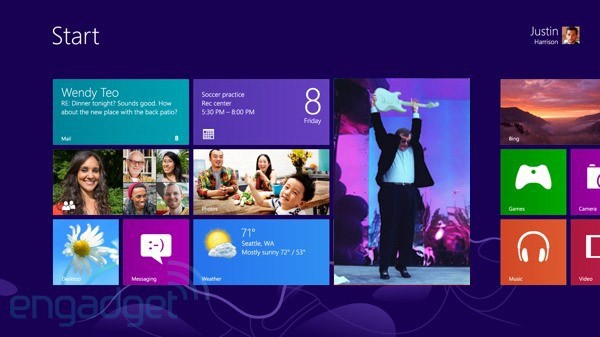 All signs point toward the impending general availability of Windows 8, what with the upcoming OS launch event, the Surface RT finally hitting the FCC, and Paul Allen letting the world knows what he thinks of it. In light of this, the Redmond company has announced a final update push to the built-in appsyou'll find in Windows 8. The Bing update will be first out the gate tomorrow -- it promises richer search results for local content -- with the rest rolling out through October 26th. Also of note is Music, which touts "expanded music services" as an update (Xbox Music, anyone?).
All signs point toward the impending general availability of Windows 8, what with the upcoming OS launch event, the Surface RT finally hitting the FCC, and Paul Allen letting the world knows what he thinks of it. In light of this, the Redmond company has announced a final update push to the built-in appsyou'll find in Windows 8. The Bing update will be first out the gate tomorrow -- it promises richer search results for local content -- with the rest rolling out through October 26th. Also of note is Music, which touts "expanded music services" as an update (Xbox Music, anyone?).

